 |
 |
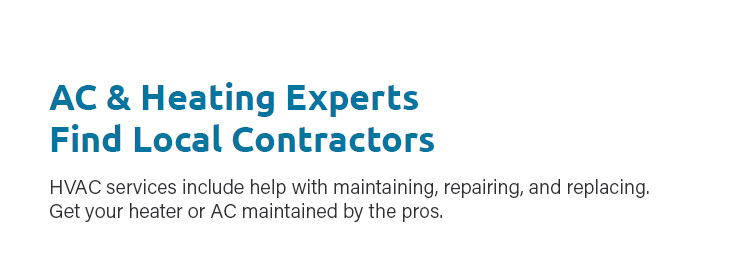 |
 |
 |
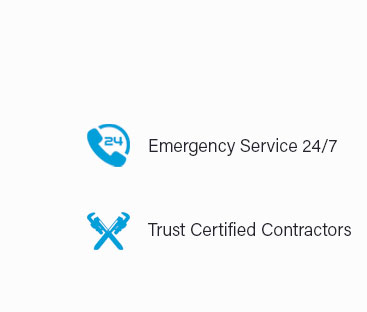 |
 |
 |
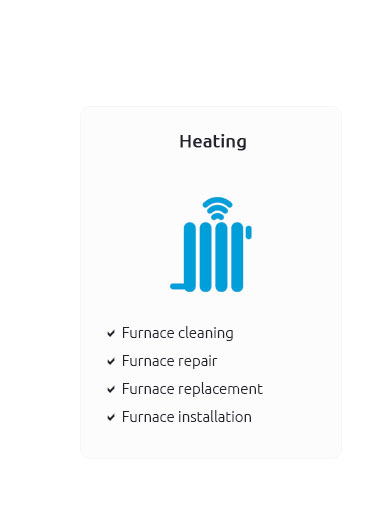 |
 |
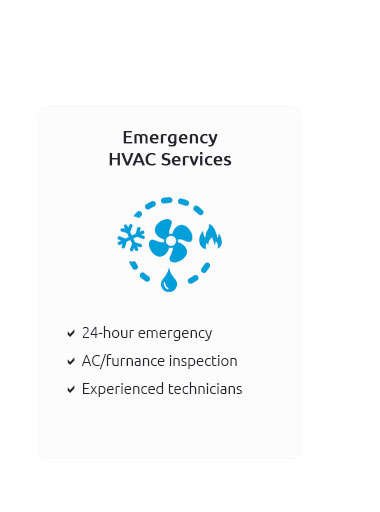 |
 |
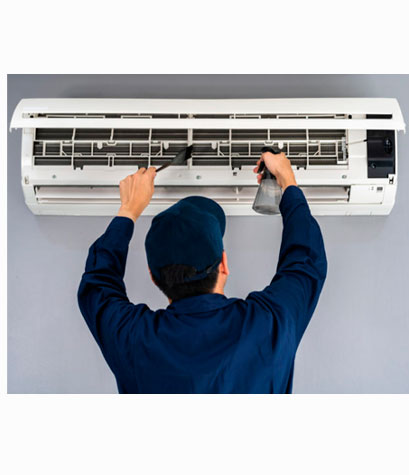 |
 |
 |
 |
|
Unleash the ultimate comfort in your home with our unparalleled HVAC services, where AC and heating expertise meets local convenience-discover top-notch contractors right at your doorstep, ready to tackle even the most daunting tasks like how to repair a heater with precision and skill, ensuring you enjoy a seamless blend of warmth and coolness year-round; don't settle for less when you can have the best, transforming your living space into a haven of perfect temperatures with just a click!
https://www.youtube.com/watch?v=IjsiTqTnc7I
The experts at the Twin Cities metro area Fix It Clinics show how to make an easy space heater repair. https://www.wintershomeservices.com/blog/2021/november/7-basic-tips-for-fixing-your-heater-like-a-pro/
WHAT TO DO IF YOUR HEATER STOPS WORKING - 1. See if the thermostat is responding. - 2. Check the thermostat settings. - 3. Change the air filter. https://www.familyhandyman.com/list/furnace-not-working-simple-fixes/?srsltid=AfmBOopqvWVb_0kMWgfkE17JI8AwODVx4nnLX411KOa43ktkRQSUr8VB
Furnace Repair The Basics - Check the Thermostat - Check the Breaker and Shut Off Switches - Change the Furnace Filter - Make Sure the Gas Is On.
|